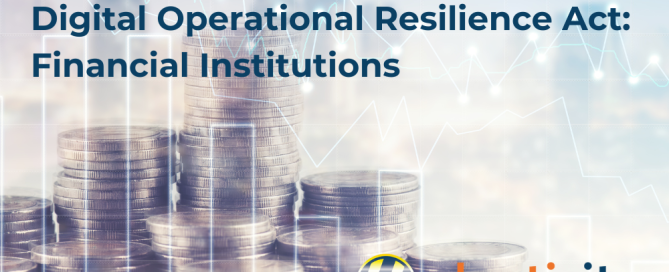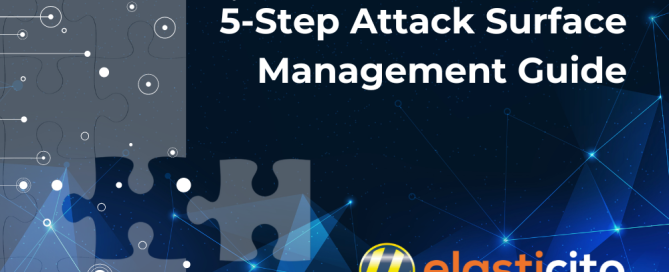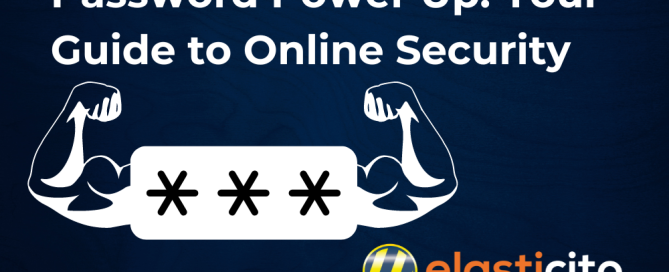Digital Operational Resilience Act: Financial Institutions
Digital Operational Resilience Act: Financial Institutions The Digital Operational Resilience Act is a landmark piece of legislation designed to strengthen the cyber security and operational resilience of financial institutions within the European Union. As the financial sector continues to become increasingly digital, the need for robust defences against cyber threats has never been more critical. Digital Operational Resilience Act aims to address this need by establishing a comprehensive framework for managing digital risks and ensuring the stability of the financial system. In this article “Digital Operational Resilience Act: Financial Institutions”, we will delve into the key aspects of Digital Operational Resilience Act, explore the steps financial institutions can take to assess their existing frameworks and discuss strategies for implementing effective compliance and remediation measures. Understanding Digital Operational Resilience Act and Its Implications The Digital Operational Resilience Act (DORA) is a significant piece of legislation aimed at strengthening the resilience of










